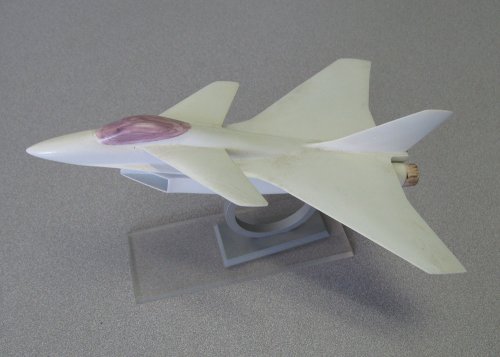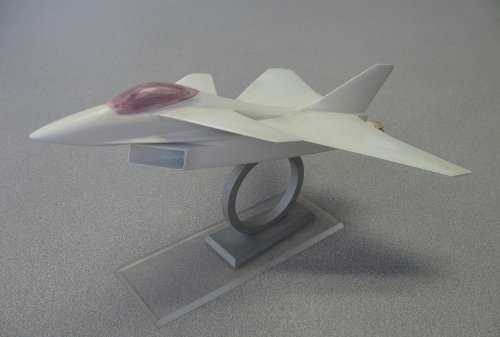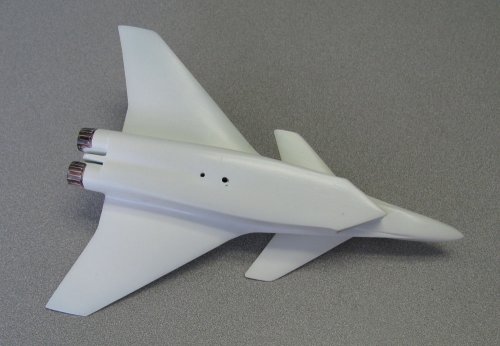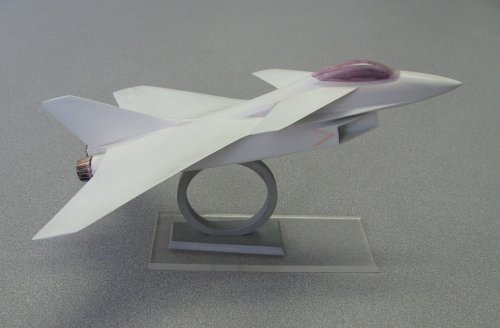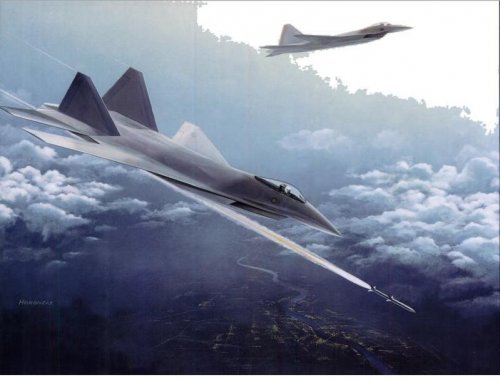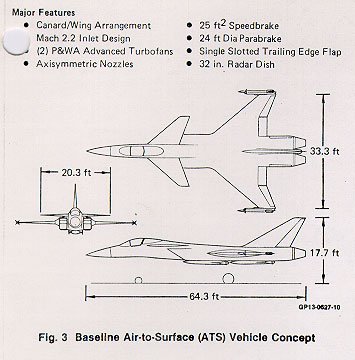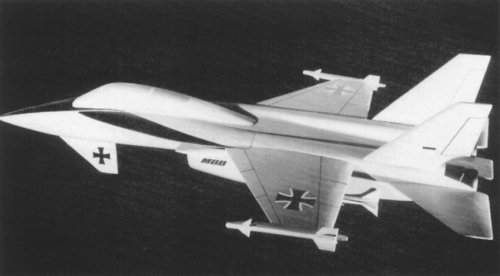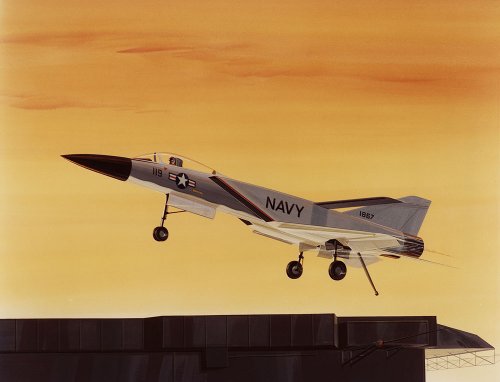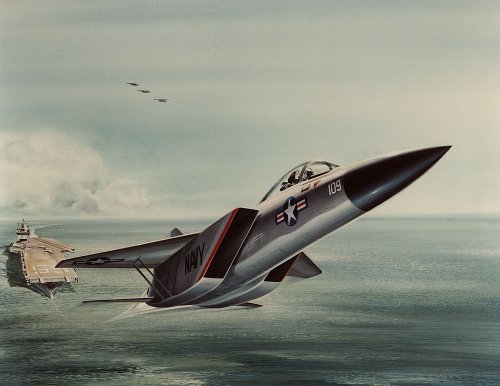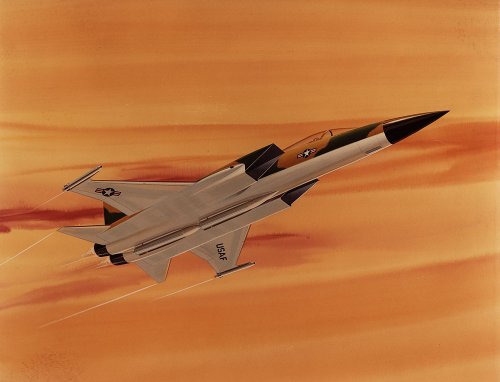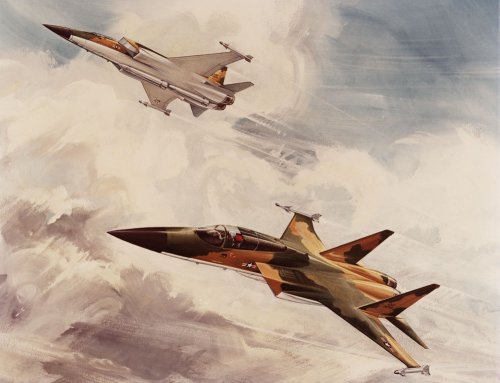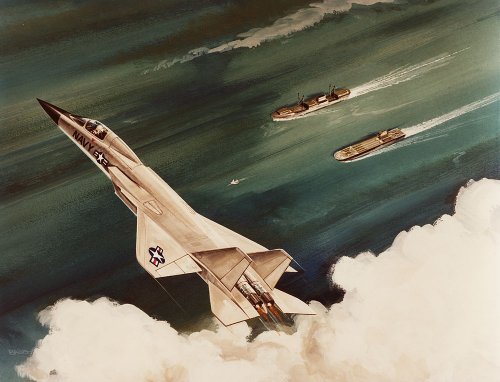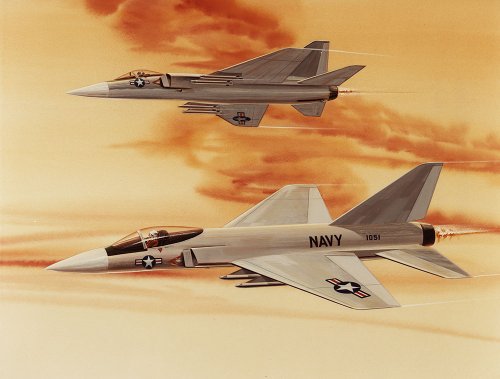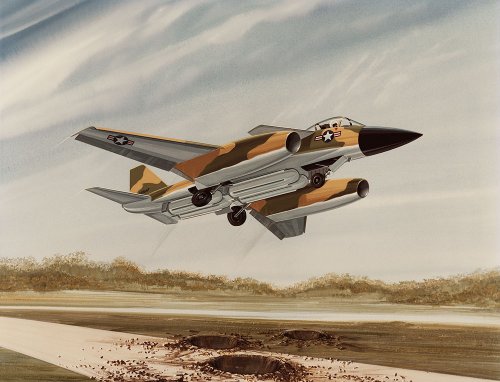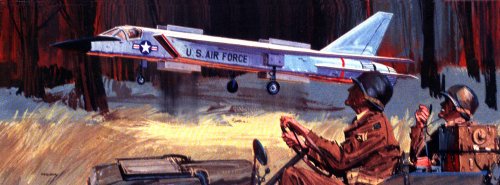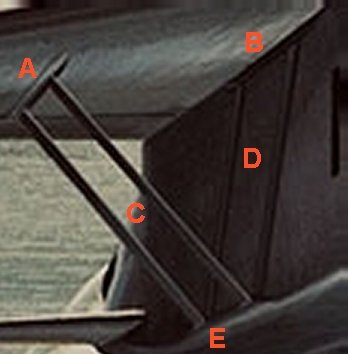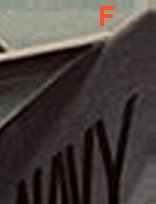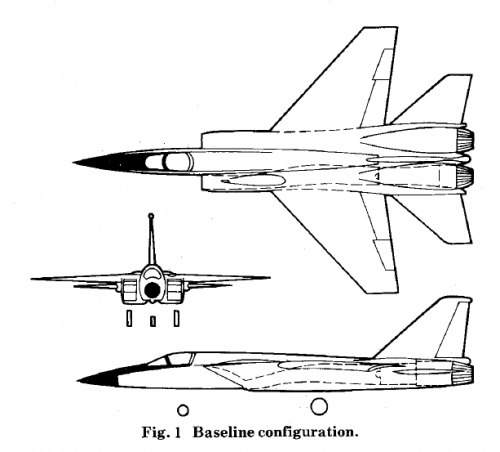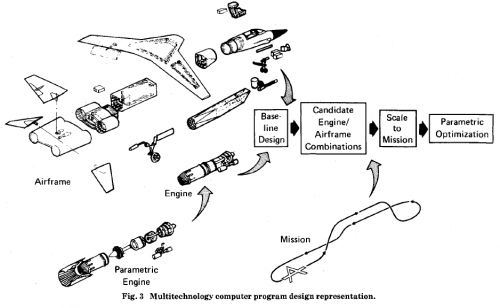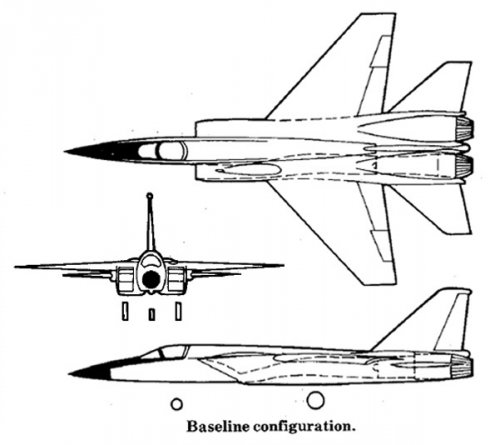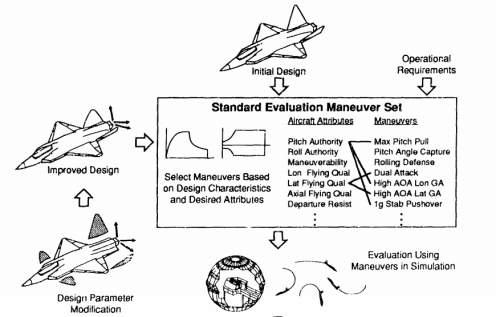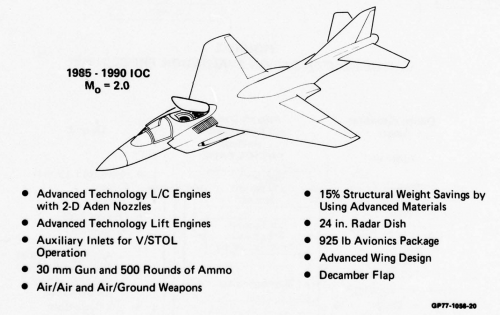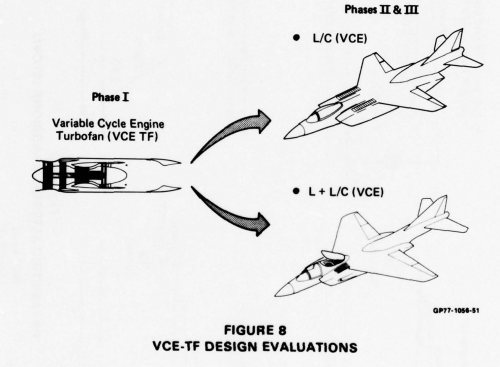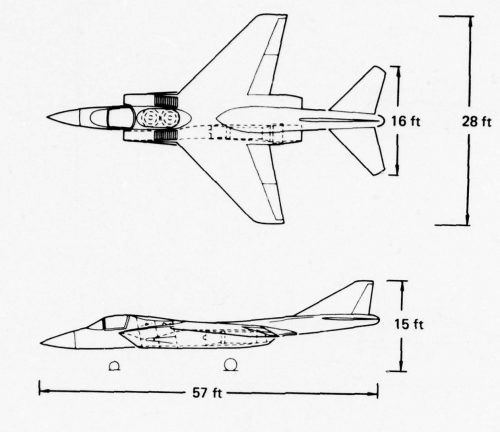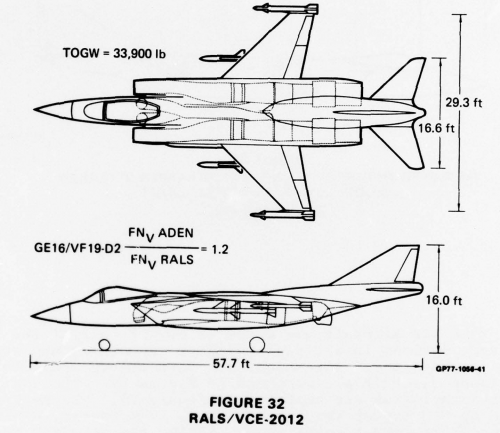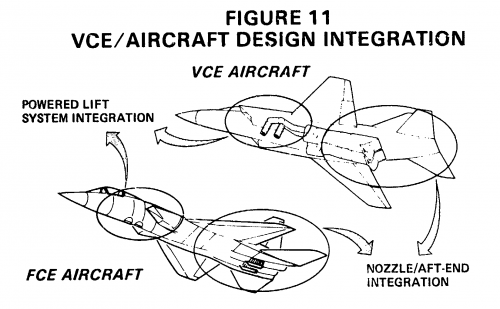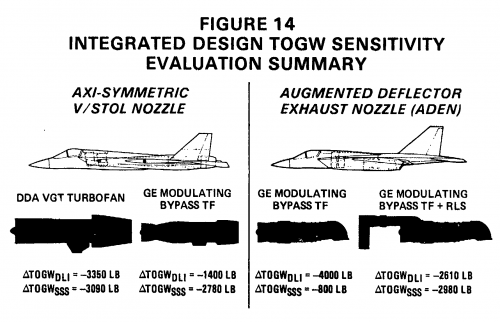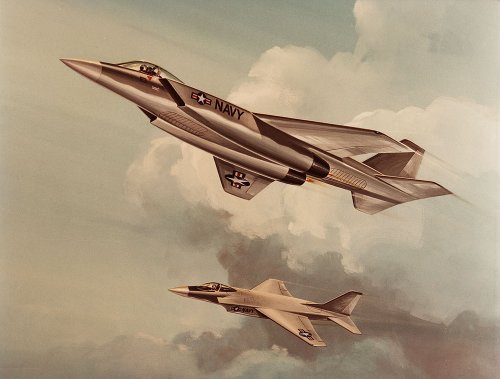Sundog said:
starviking said:
Sundog said:
I assume the strut braced wing is to minimize the weight of a very thin wing section.
But there are also recesses in the side of the fuselage, I assume to accommodate the struts when they are rotated to the vertical. Also, the slight lip that extends out from the fuselage looks like it might accommodate a pivot for the struts.
The thing is, are those recesses or just "shadows" to emphasize the struts; granted, the light is at the wrong angle, but the idea is to highlight the features. I just don't see a reason for the wings to change angle, other than folding them for storage on the carrier. Maybe they telescope in over the top of the fuselage to reduce surface area and aspect ratio for high speed flight? A telescoping VG wing?
Hi Sundog,
I took a closer look at the picture, and it looks like we're both a bit on the right track. I've magnified 3 sections of the picture to highlight areas of interest.
1: Strut Detail.
Point A is the ovoid top of the struts. At point B we can see a recess in the fuselage for the strut top.
Area C definitely shows depth to the struts, and there is, to my eye, depth shown in area D.
Add these two together and it's certain the struts retract flush with the fusealge BUT it's also obvious that the wing doesn't butterfly up like I though.
Now the section of wing between extended strut top and the recess doesn't appear to be curved, so the struts must either be able to retract - or the shape of the final dogleg of the struts in area E must be curved.
2. Wing-body interface.
Point F is the intersection of the wing leading edge with the fuselage. Now it's not so clear, but I think it could be showing that the wing sits on top of the fuselage, rather than blending in with it - as is more normal.
3. Fuselage bays.
I found this interesting. If you have retracting struts sweeping along the inside section of your wing then fuel/weapon pylons are going to be a problem. On close-up there are many surface doors on the lower fusealge that I think are weapon bays.
Bay 1 is in the right position for the front undercarriage - but really doesn't resemble any undercarriage doors, as far as I know - the closest thing I can think of to account or this is that it's a series of flip-out rocket cells (or micro-missiles).
Bay 2 could be a bisected bay for two missiles - two pairs of doors each, with one hidded by the fuselage curvature. Could have more doors than that and actually have the nose gear in there too.
Bay 3 looks like it could carry the same munitions as in 2.
Bay 4 looks like it could be much longer - longer legged AAMs inside perhaps.
No sign of main undercarriage - perhaps further down the fuselage, or perhaps this plane doesn't have undercarriage? I favour the former.
The Area I indicated with a '?' I initially thought might be a join between two moving sections (perhaps a la DH128 with it's nose-drop mechanism) but on reflection it's probably just to give an idea of the fuselage curvature, as there's a fainter line like it closer to the nose.
That makes for a puzzler of an aircraft - and I don't think it's of the same sort as show in the patent Overscan posted - as the strut top in that one moves with the wing. In 'our' aircraft the strut just appears to retract into the fuselage. Best explanation is yours Sundog - but why the retracting strut? Does the plane carry a large fuel load in the wing, and the struts support this until the fuel reaches a level where the wing can support itself? Thinking about the appearance of the wing-fuselage interface - perhaps the wing is mainly just one big fuel tank?
Starviking

